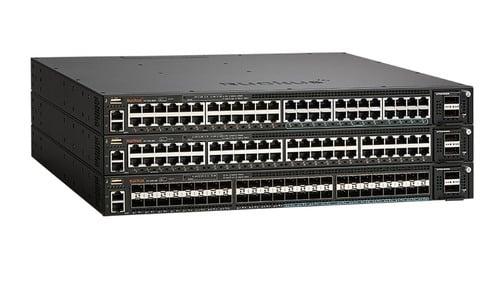Ethernet switches are the backbone of modern networking, serving as the central hub that connects various devices within a local area network (LAN). They play a crucial role in managing data traffic efficiently. This guide provides an in-depth understanding of Ethernet switches and their significance in network infrastructure.
What Is an Ethernet Switch?
ethernet switches , also known as a network switch, is a networking device that connects devices within a LAN. It operates at Layer 2 (Data Link Layer) of the OSI model and is responsible for forwarding data frames based on MAC (Media Access Control) addresses.
Key Functions of Ethernet Switches:
1. Frame Forwarding: When a data packet arrives at an Ethernet switch, it examines the destination MAC address and forwards the packet only to the port where the recipient device is connected. This targeted forwarding reduces unnecessary traffic on the network.
2. Segmentation: Ethernet switches segment the network into multiple collision domains. Unlike hubs, which create a single collision domain, switches create separate collision domains for each connected device, reducing collision occurrences and improving network efficiency.
3. VLAN Support: Many modern Ethernet switches offer support for Virtual LANs (VLANs), which allow network administrators to logically group devices for improved network management, security, and traffic isolation.
4. Quality of Service (QoS): Some switches offer QoS features, prioritizing certain types of network traffic to ensure low-latency and high-performance communication for critical applications.
5. Auto-Negotiation: Ethernet switches often support auto-negotiation, allowing devices to automatically determine the optimal speed and duplex mode for data transmission.
Types of Ethernet Switches:
1. Unmanaged Switches: These are basic switches that require no configuration. They are plug-and-play devices suitable for small networks with minimal traffic management needs.
2. Managed Switches: Managed switches provide advanced features, including VLAN support, QoS, and remote management. They are ideal for larger and more complex networks.
3. Layer 2 and Layer 3 Switches: Layer 2 switches operate at the data link layer, while Layer 3 switches add routing capabilities at the network layer (Layer 3). Layer 3 switches can make routing decisions based on IP addresses.
Conclusion:
Ethernet switches are fundamental to the functioning of modern computer networks. They improve network performance, security, and management by efficiently directing data traffic. When choosing an Ethernet switch, consider your network's size, complexity, and specific requirements to ensure optimal network operation. Understanding the role of Ethernet switches is essential for anyone involved in network administration or seeking to build a reliable and efficient LAN.
For more info. visit us:



